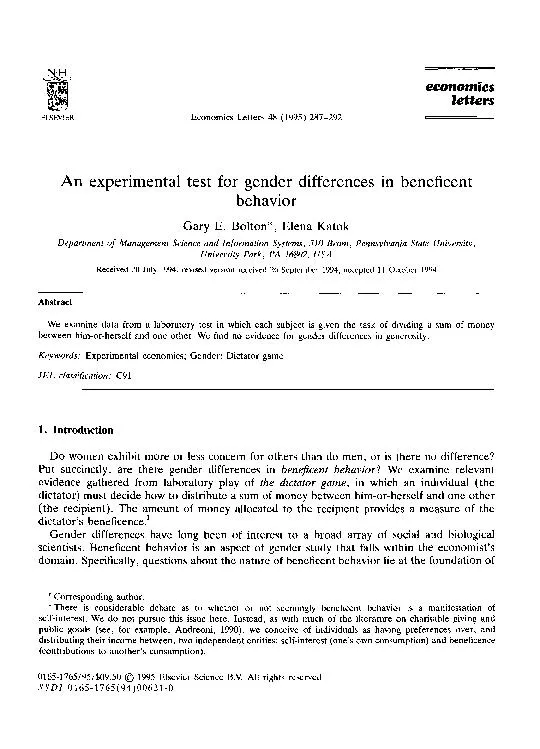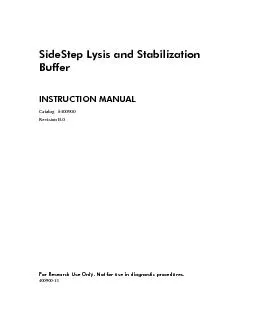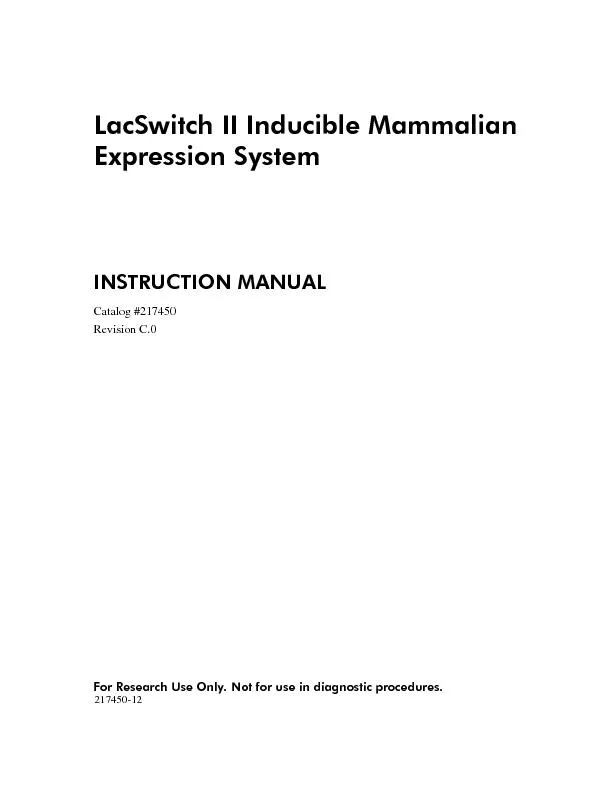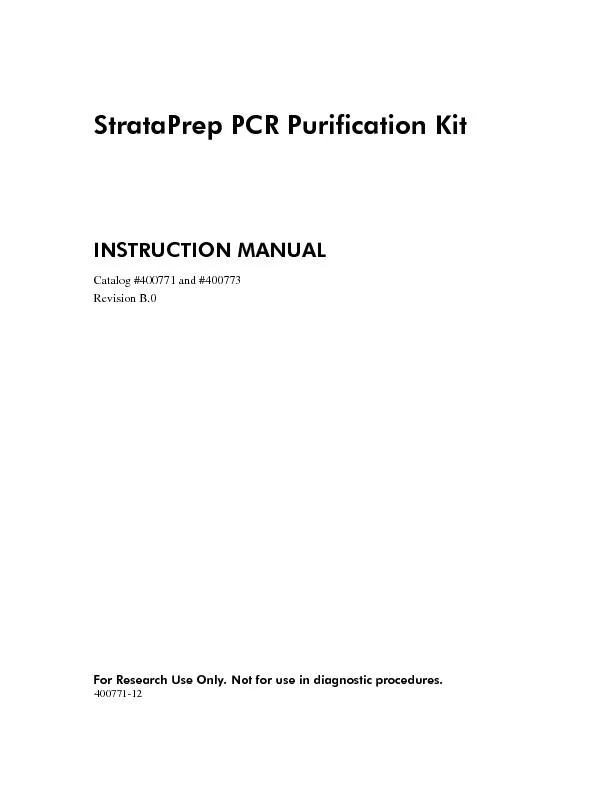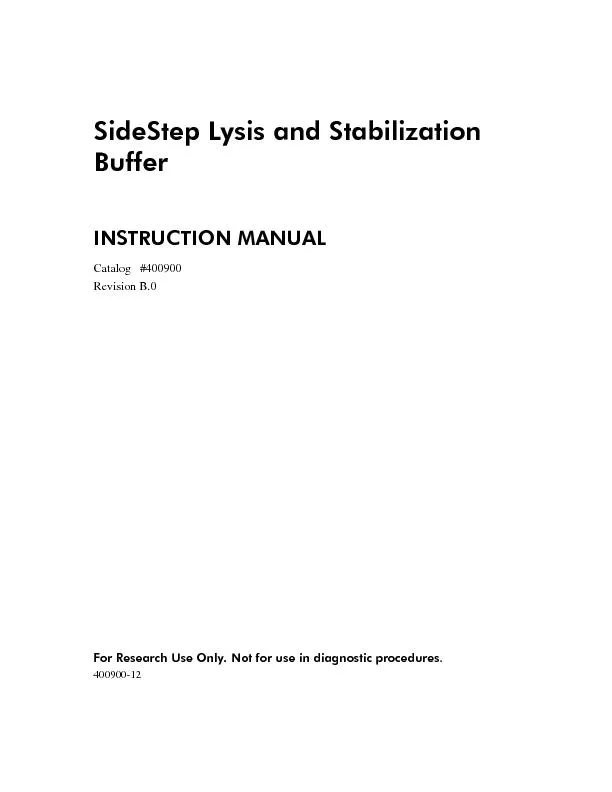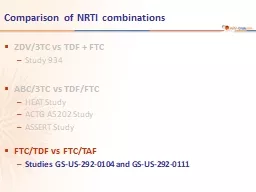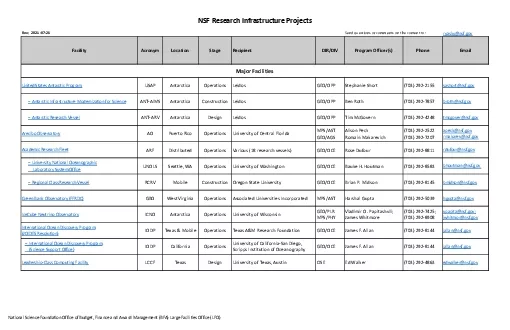PDF-Economics Letters 48 (1995) 287-292
Author : natalia-silvester | Published Date : 2016-03-02
letters experimental test for gender differences in beneficent behavior E Bolton Elena Katok of Management Science and Information Systems 310 Beam Pennsylvania
Presentation Embed Code
Download Presentation
Download Presentation The PPT/PDF document "Economics Letters 48 (1995) 287-292" is the property of its rightful owner. Permission is granted to download and print the materials on this website for personal, non-commercial use only, and to display it on your personal computer provided you do not modify the materials and that you retain all copyright notices contained in the materials. By downloading content from our website, you accept the terms of this agreement.
Economics Letters 48 (1995) 287-292: Transcript
Download Rules Of Document
"Economics Letters 48 (1995) 287-292"The content belongs to its owner. You may download and print it for personal use, without modification, and keep all copyright notices. By downloading, you agree to these terms.
Related Documents

